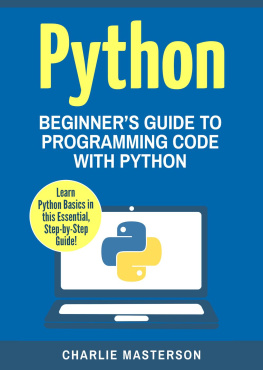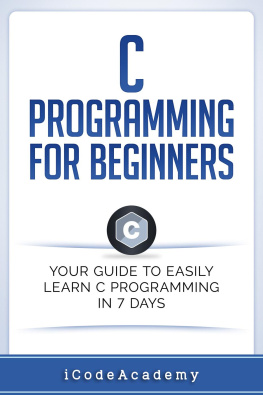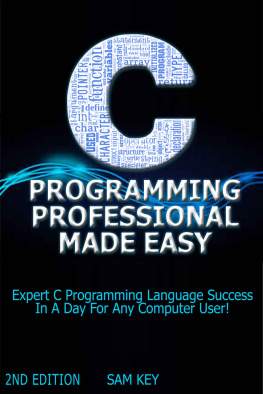Introduction
The most popular programming language for developing webpages for the Web is HTML or Hyper Text Markup Language. Berners-Lee created it in the year 1991. However, the first published version of the programming language was HTML 2.0, which was published four years later in the year 1995. One of the most widely used and major versions of the programming language is HTML 4.01 and presently we are using HTML-5. This version was published in 2012.
HTML is the programming language of use for web developers and designers. It is also a prerequisite language for JavaScript and CSS. Therefore, anyone who is aspiring to work on website development and designing must have basic knowledge of HTML. This book is designed for beginners with no previous knowledge of the language. It shall help you attain a higher level of expertise in the programming language.
With that said, there are a few things that you must know and have some basic knowledge about. These include the Linux or Windows operating system. Besides this, you must be acquainted with a text editor like notepad in Windows or VIM in Linux. Besides this, basic knowledge of computer operations like creating files, directories and an understanding of image file formats like PNG and JPEG, shall be a major plus point.
Lastly, we hope that you will be able to attain the set learning objectives for HTML with the help of this book and it will help you create the awesome websites that you plan to make in the future. HTML is the base language that uses several other programming constructs like CSS and JavaScript to get more out of basic webpages. This book shall cover the basics of HTML and CSS. You can take this learning forward by learning advanced HTML, JavaScript and PHP. We welcome you to the world of the web and wish you a journey full of creativity and adventure.
Copyright 2017 - All rights reserved.
This document is geared towards providing exact and reliable information in regards to the topic and issue covered. The publication is sold with the idea that the publisher is not required to render accounting, officially permitted, or otherwise, qualified services. If advice is necessary, legal or professional, a practiced individual in the profession should be ordered.
- From a Declaration of Principles which was accepted and approved equally by a Committee of the American Bar Association and a Committee of Publishers and Associations.
In no way is it legal to reproduce, duplicate, or transmit any part of this document in either electronic means or in printed format. Recording of this publication is strictly prohibited and any storage of this document is not allowed unless with written permission from the publisher. All rights reserved.
The information provided herein is stated to be truthful and consistent, in that any liability, in terms of inattention or otherwise, by any usage or abuse of any policies, processes, or directions contained within is the solitary and utter responsibility of the recipient reader. Under no circumstances will any legal responsibility or blame be held against the publisher for any reparation, damages, or monetary loss due to the information herein, either directly or indirectly.
Respective authors own all copyrights not held by the publisher.
The information herein is offered for informational purposes solely, and is universal as so. The presentation of the information is without contract or any type of guarantee assurance.
The trademarks that are used are without any consent, and the publication of the trademark is without permission or backing by the trademark owner. All trademarks and brands within this book are for clarifying purposes only and are the owned by the owners themselves, not affiliated with this document.
Chapter 1: Overview
The fullform of HTML is Hyper Text Markup Language. It would not be wrong to state that it is the base language for website development all around the world. If you are working in the website designing and development sector, knowledge of HTML is a must!
In order to understand the language better, let us understand the words that make the acronym HTML. It is a well known fact that webpages are linked to each other. The link that is available on a webpage and which takes you to another webpage is called hypertext. The phrase markup language refers to the fact that HTML marks up webpages with the help of tags. These tags are interpreted by the browser to understand how the webpage needs to be displayed.
The intent behind the development of this programming language was to create a generic structure for documents by classifying its content into categories like header, paragraph, table, image, list and footer, in addition to many others. It was primarily created for the research community to facilitate sharing of documents and easy understanding of the same.
Basic HTML Document
Before moving any further, let us look at a basic HTML document. The example code given below corresponds to a webpage.
First Heading
Content of the webpage will appear here.
This code can be saved in any text file created using a text editor. The extension of the file must be changed from txt to htm or html. When this file is opened as a webpage using any of the browsers installed on the system, it shall yield the following result.

Tags in HTML
As mentioned previously, HTML is a markup language. It uses tags to tell the browser how it should format content and display the same on the screen. The tag is typically enclosed within braces (). Every tag has an opening form and a closing form, with the exception of a few tags. For example, the opening tag for a HTML page is and the closing tag for the same is
. The list of HTML tags and their usage is given below for your reference.
S. No. | Tag | Meaning |
| This tag is used to tell the browser the type of the document and the version of HTML that is used to create the same. |
| The whole HTML document is enclosed inside the html tag. All the other tags like , and , in addition to others, shall be enclosed inside this main tag. |
| This is the first tag that appears inside the html tag. It represents the head of the document and contains tags like title and link. |
| This tag is used to mention the title of the document and is the tag placed inside the head tag. |
| The body of the document is enclosed inside this tag. All other tags like , and , in addition to others are placed inside this tag. |
|
| This tag represents the first level heading. There are tags like , and that change the font size and attributes to represent a lower level heading.
|
| A paragraph is represented with the help of this tag. |
Learning HTML is all about learning the different tags available in this programming language and how each of them behaves with a different set of attribute values.









